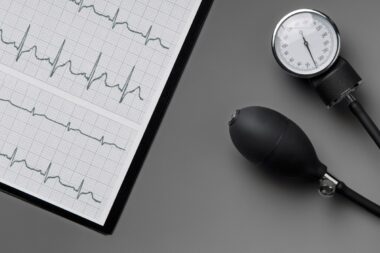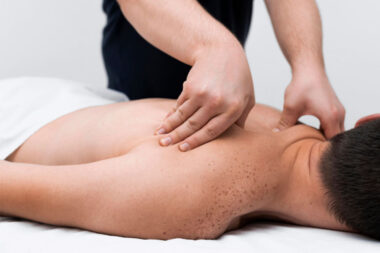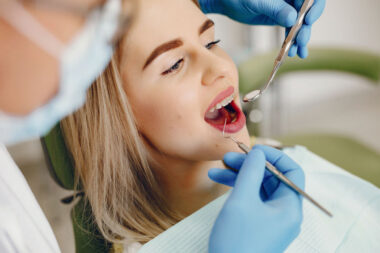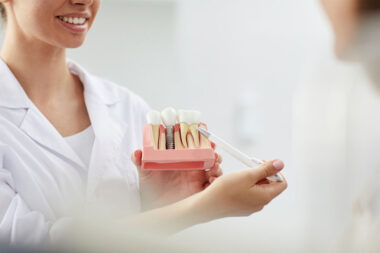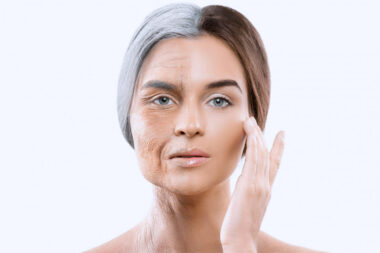Periodontal disease is the leading cause of tooth loss and gum damage. As the disease progresses, the gum tissue begins to recede from the teeth exposing more of the tooth until it reaches the root. This condition is known as Gum Recession.
Dental specialists cannot stop the condition, but they can provide insight into how to protect a person’s oral health and decrease damage to the unaffected tissue. Some hygiene practices do more harm than good.
Proper Oral Care Techniques
Dentists recommend brushing and flossing at least twice a day. The appropriate method is to use small, gentle strokes without applying pressure for two minutes only. Many people push the toothbrush too hard against their teeth and gums and cause gum tissue to tear.
The process wears down the enamel and causes weak spots that could turn into cavities. Periodontists can offer advice about how to reduce the gum recession.
Can An Electronic Product Help?
Rechargeable and battery-powered toothbrushes have timers that alert the person after it’s been two minutes. Dental professionals suggest holding the spinning bristles close to the teeth without any additional force.
The products lift and remove plaque and bacteria without injuring the gums or teeth.
Choosing the Right Oral Care Equipment
All patients should use soft-bristled toothbrushes to avoid gum tears and bleeding. Even if the person has severe staining on their teeth, they should never use medium or hard-bristled products because they are a common cause of irritation or loose tissue.
Also read: Why You Should Take Teeth Grinding Seriously
Other Causes of Receding Gums
There are many contributing factors to retreating gums and tooth loss. A progressive disease of the mouth can shred the gums and create situations where the teeth become loose.
While there isn’t a cure for gum disease, further risks could be mitigated through professional services. The following are more reasons for the gums to erode are:
- Alignment irregularities: If their teeth are crooked, the person could damage their gums.
- Periodontal disease: The condition is progressive and damages the gums and makes them move away from the teeth. It deteriorates the teeth and their roots.
- Genetics: A family history of dental problems increases the risk of eroding gums and brittle teeth.
- Excessive brushing: No one should brush their teeth more than twice a day or in an aggressive manner.
- Insufficient oral hygiene: A patient who doesn’t brush or floss their teeth sustains tooth and gum damage and is at a greater risk of periodontal disease.
- Changes in Hormone Levels: Pregnant women may develop gingivitis, which leads to periodontal disease if it goes untreated.
- Grinding the teeth: Many people grind their teeth when sleeping and have gums that pull away from their teeth.
- Using tobacco products: Smoking and chewing tobacco increase the risk of periodontal disease and teeth and gum damage.
- Piercings of the tongue or lips: Tongue rings, snake bites, and labret piercings require body jewelry that comes in contact with the teeth and gums. The metal could cut the gums and cause bacterial growth.
Receding gums are a sign of advanced periodontal disease and leave the teeth susceptible to infections and breakage. Aggressive brushing and using hard-bristle toothbrushes are harmful to the teeth and gums, too.
Most periodontists suggest using a soft-bristled toothbrush and stopping after two minutes. By visiting a dentist regularly, patients learn if they have any signs of gum recession, gum disease, or damage.
This article is published by our independent team of health and wellness pundits that publish original and informative content to empower readers to take charge of their health and embark on a physically, mentally, and emotionally balanced lifestyle.



